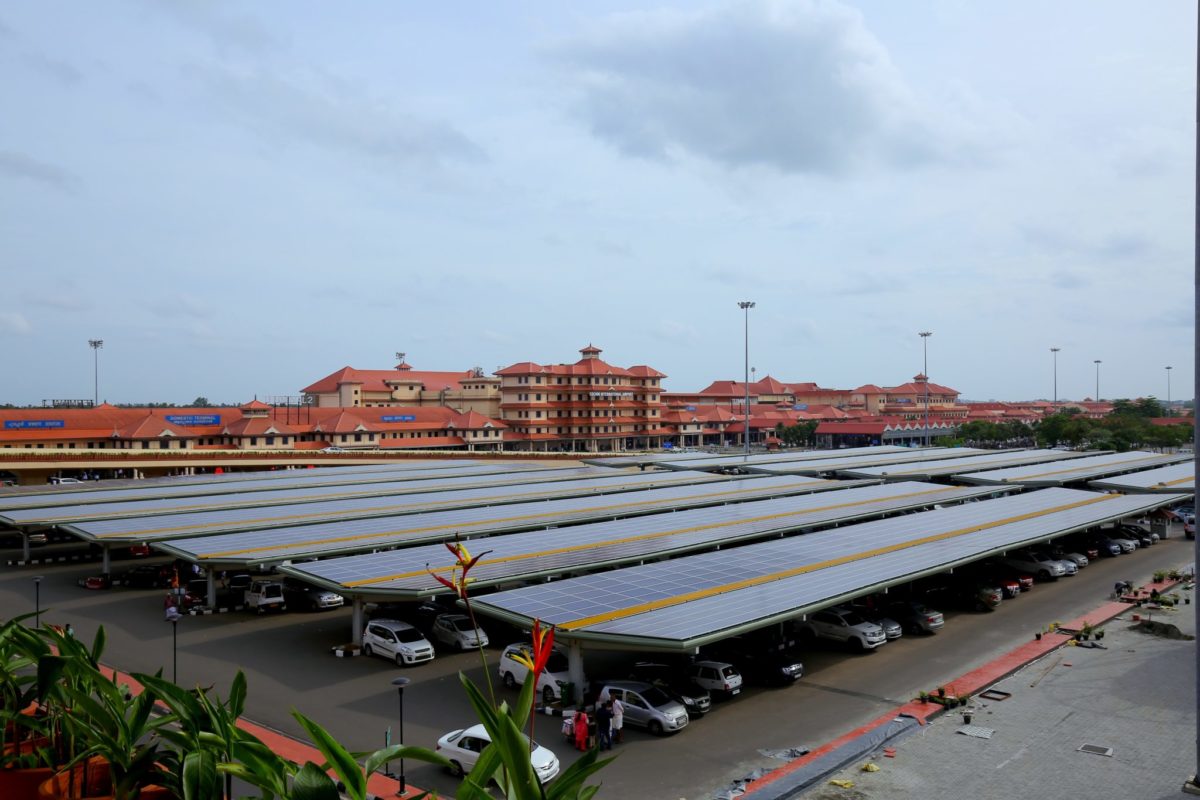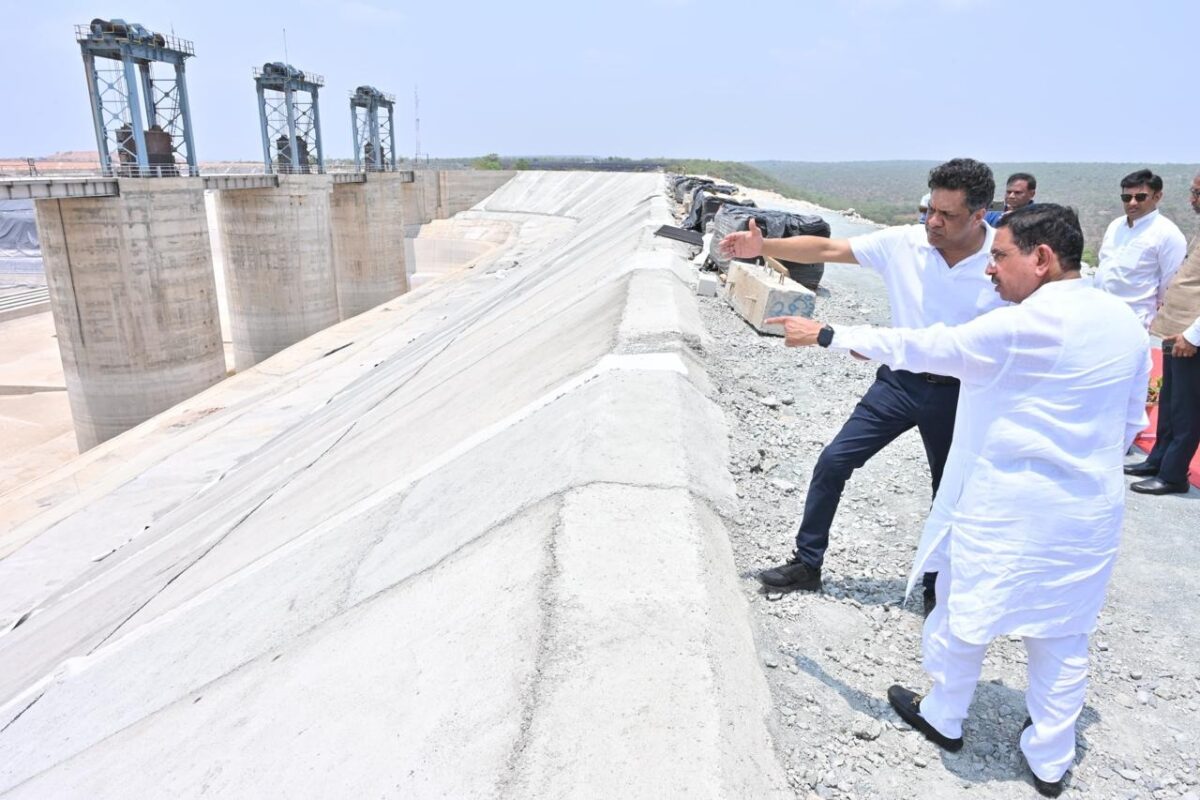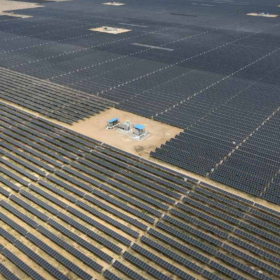Completed in a record 100 days, the project is expected to generate over 1.12 million kwh of electricity per year, which Tata says will lead to 25% savings in power consumption costs, and curb the emission of over 840 tons of carbon dioxide annually.
At present, the stadium, excluding the flood lights, which run on distributed generation, consumes an average 400,000 kWh of electricity per month. With the new solar installation, consumption from the grid is set to fall to around 300,000 kWh.
In a statement, Mr Ashish Khanna, President, Tata Power (Renewables), said, “After executing the world’s largest rooftop in a single location and India’s largest carport at Cochin International Airport, Tata Power Solar has installed the world’s largest rooftop in a cricket stadium at CCI Mumbai, in a record period of 100 days.”
Tata Power Solar is a wholly owned subsidiary of Tata Power. To date, it has commissioned more than 1.45 GW of ground-mounted utility-scale projects, and over 220 MW of rooftop and distributed generation systems across the country.
The company operates a manufacturing unit in Bengaluru, with a production capacity of 400 MW of modules, and 300 MW of cells.
This content is protected by copyright and may not be reused. If you want to cooperate with us and would like to reuse some of our content, please contact: editors@pv-magazine.com.








By submitting this form you agree to pv magazine using your data for the purposes of publishing your comment.
Your personal data will only be disclosed or otherwise transmitted to third parties for the purposes of spam filtering or if this is necessary for technical maintenance of the website. Any other transfer to third parties will not take place unless this is justified on the basis of applicable data protection regulations or if pv magazine is legally obliged to do so.
You may revoke this consent at any time with effect for the future, in which case your personal data will be deleted immediately. Otherwise, your data will be deleted if pv magazine has processed your request or the purpose of data storage is fulfilled.
Further information on data privacy can be found in our Data Protection Policy.